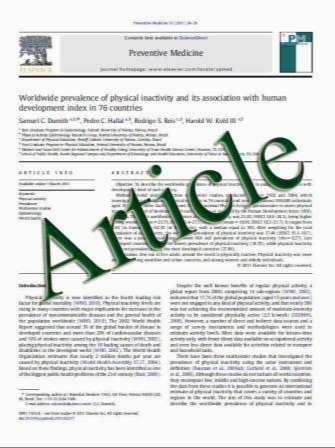Capecitabine versus 5-fluorouracil in colorectal cancer: where are we now?
- نوع فایل : کتاب
- زبان : انگلیسی
- مؤلف : Lakshmi Chintala • Susmitha Vaka • Joaquina Baranda • Stephen K. Williamson
- چاپ و سال / کشور: 2011
Description
Fluorouracil (5-FU) remains the most widely used agent for colorectal cancer. Capecitabine is a rationally designed 5-FU pro-drug developed to mimic the continuous infusion of 5-FU while avoiding complications and inconvenience of intravenous administration. Capecitabine is absorbed intact from the gastrointestinal tract, converted enzymatically to active 5-FU, and released directly into the tumor. Capecitabine’s efficacy and safety are shown in multiple phase III trials across different disease stages and therapy lines. Three randomized phase III trials demonstrated the equivalence of capecitabine plus oxaliplatin (XELOX) versus 5-FU/leucovorin (LV)/oxaliplatin (FOLFOX). The safety of capecitabine compared with 5-FU depends on the regimen of 5-FU used. The adverse event rate with oxaliplatin in combination with infusional 5-FU is similar to that of capecitabine plus oxaliplatin but is associated with more neutropenia and venous thrombotic events; capecitabine plus oxaliplatinbased regimens tend to be associated with more grade 3 diarrhea and hand-foot skin reaction. Combination therapy with capecitabine and irinotecan (CapeIRI) versus 5-FU/ LV and irinotecan (FOLFIRI) had more variable results; some former schedules resulted in excessive treatmentrelated toxicity. More recent data show that lower capecitabine and irinotecan doses, different schedules, and combination with targeted agents (e.g, bevacizumab) have resulted in more favorable outcomes.
Oncol Rev (2011) 5:129–140 DOI 10.1007/s12156-011-0074-3 Received: 19 November 2010 / Accepted: 2 March 2011 / Published online: 9 April 2011


